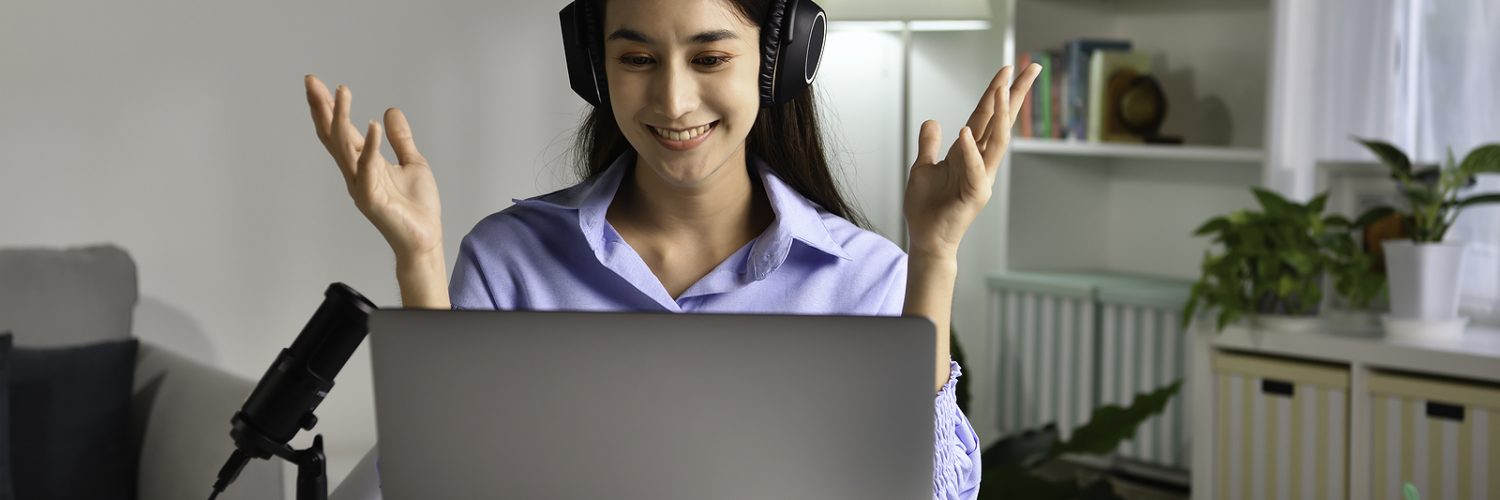by Louise Robson, Benjamin Gardner, Eleanor J. Dommett.
In March 2020, COVID-19 forced UK universities to move lectures online. Towards the end of the 2020/21 academic year it was apparent that a return to the physical classroom was likely, and we were interested in what approaches staff might retain for this transition back into the physical classroom. Would staff simply go back to delivering lectures in a didactic way, or could potentially positive experiences from the pandemic shape a new approach to lectures moving forward? To investigate this, we ran a survey in March and April of 2021, targeted at HE staff in the UK. We had 87 responses from across 36 different UK universities.
During the temporary pivot to online lecture provision, academic staff told us that they had replaced lectures with both synchronous and asynchronous lecture activities, with 58% using more than one approach. For synchronous lectures, staff used lecture capture technologies (13%) but mainly utilised non-lecture capture technologies such as Zoom (72%), presumably as these were a more engaging way of teaching or because this was what they had access to. For asynchronous (flipped) lecture capture recordings, both lecture capture (36%) and non lecture capture platforms (49%) were utilised.
Fifty staff teaching synchronously had some aspect of interactivity in their teaching, using polling / questioning, discussions, or collaborative activities. The reasons for the interactive approach fell into 5 core needs. The most important need was to promote active learning and interaction, to help students stay engaged and increase understanding. Staff recognised that online face to face approaches were needed (but that what happened in the online space needed to be different). Staff also wanted to be able to assess how well students understood what was being taught, challenging when you “can’t see student faces”. The last two needs were around generating a sense of community (something that students really needed given the ongoing lockdowns) and an aspect of “needs must”, i.e. staff worked with the technologies they had.
Our findings indicate that teaching across the sector during the temporary pivot was very different to pre-pandemic teaching, and we were interested in whether staff recognised any benefits from what was done, and whether they planned to incorporate these activities into their teaching practice in the physical classroom.
Of the 73 staff who responded to our question about expectations for the future, there was an even split between those who said they would return to conventional pre-pandemic teaching, those who did not believe we would return to pre-pandemic teaching, and those who were unsure. It is clear that for some staff, research demands, coupled with large class sizes and feeling simply worn out due to the pandemic has meant a return to what they feel comfortable with. As one participant stated: “I think that will happen because everyone is exhausted, and behind with their research, and it will be the only way to cope with meeting the demands of teaching and researching.”
However, many others highlighted the importance of retaining interactivity in lectures: “the massive upskilling and reflection will result in more considered lecturing, more interaction, more active learning during lectures”. Several staff mentioned blended learning, or described a flipped approach: “I will probably ask students to watch short videos before coming to lectures and then do exercises and other interactive activities with them in the class itself.” Staff mentioned that blended provides a more flexible approach to learning for students. In terms of flipped lectures, staff indicated they would chunk their videos, to make them more digestible for students. There also seemed to be a more positive attitude to the use of lecture capture. The use of asynchronous lecture capture recordings played a significant role in how staff delivered content during the online pivot. 42% of staff who responded said their attitude to lecture capture had changed, with the main reasons being staff perceptions of the “greater value” of lecture captures (including positive impacts on inclusivity), a flipped approach providing a better learning experience, and recordings being better for communicating information. Staff also reported having become more familiar with and skilled in lecture capture as a result of the pandemic, and that they would now use this skill to provide a more effective learning and teaching approach. This suggests that a more accepting approach to lecture capture is now present in HE in the UK.
Our findings suggest that for at least some staff, the transition back into the classroom will not be a return to conventional lecturing, and that staff will use blended approaches along with flipped lecture captures and in class active learning to support student knowledge and understanding.
Authors

Louise Robson, University of Sheffield, UK.

Benjamin Gardner, King’s College London, UK.

Ellie Dommett, King’s College London, UK.














